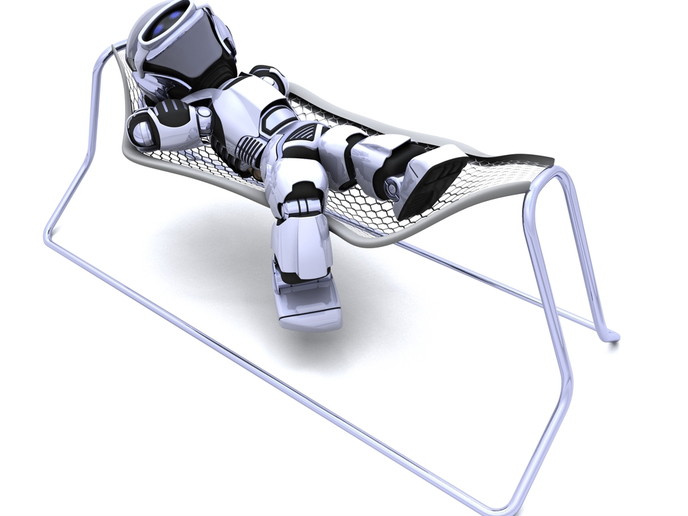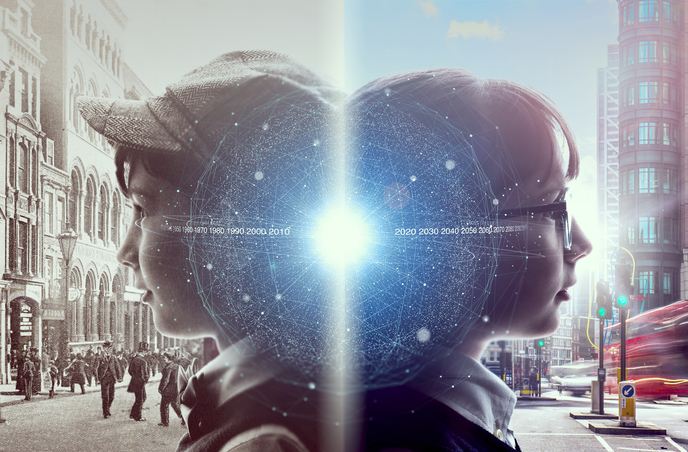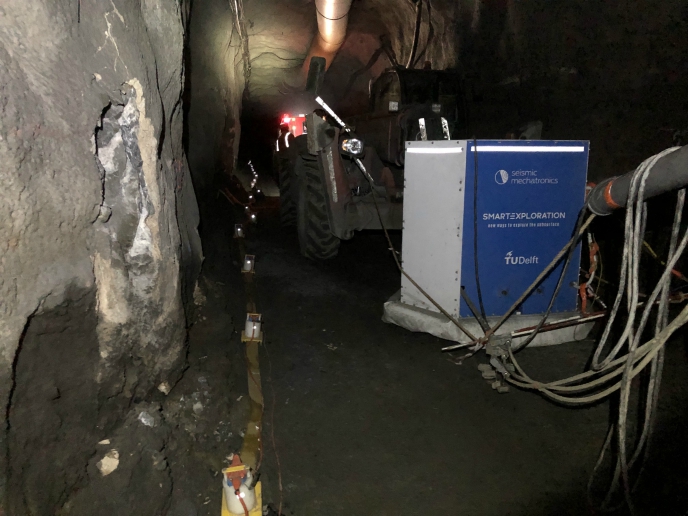Marrying biological with computer vision
The INSIGHT2+ project consortium was a research team covering a broad range of fields including neuroscience, perceptual studies, psychology, mathematics, computer and information sciences. Drawing expertise from this multitude of disciplines focused their research on investigating the neural selectivity in visual pathways of the ventral visual pathway of primates. Key regions studied were TE and V4. The neural coding of pictorial 3D shape cues and material properties was compared against the corresponding features of human perception. This mapping forms the theoretical basis for processing of pictorial cues and material properties in computers. The human vision system uses 2D retinal images to reconstruct the 3D structure of an object. Research prior to the project had proved that inferior temporal neurons of the macaque employ binocular disparity gradients to code for depth. The inferior temporal neurons belong to the ventral visual stream. The project work showed that the same neurons may also code for depth using a monocular depth cue, the texture gradients. The individual neurons were not found selective in terms of the tilt preferences of the defined surfaces. That is, this was independent of the means of definition, whether by texture or disparity cues. On the other hand, single inferior temporal neurons showed selectivity for the tilt of texture-defined surfaces. Moreover, the tilt preference appeared invariant for several different textures and slants, indicating an abstract representation of the surface tilt in the ventral visual cortex. These interesting findings provided a better understanding of the neuronal vision perception that may be applied in further developments for more intelligent and flexible artefacts and robots. Furthermore, detailed knowledge of the visual perception of humans/non-human primates may also contribute to the design of more effective interfaces between artificial vision systems and people, for instance the handicapped.







